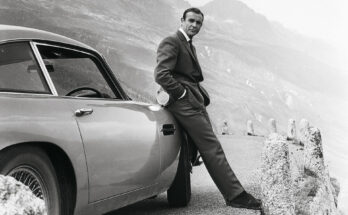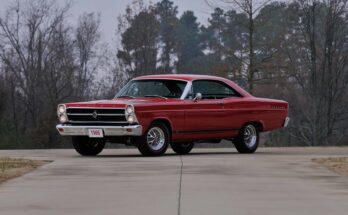Let’s hop into the time machine and cruise back to 1967, when the Dodge Dart was the scrappy, lovable underdog of the American compact car scene. The ’67 Dodge Dart isn’t just a car—it’s a story of grit, versatility, and a touch of rebellious charm that made it a favorite among budget-conscious buyers, hot-rodders, and even a few drag-strip legends. Picture a world of AM radios, drive-in diners, and muscle cars ruling the streets, and the Dart was right there, holding its own with a wink and a V8 growl. Here’s the tale of the 1967 Dodge Dart, told with a bit of humor and a whole lot of love for this unsung hero.
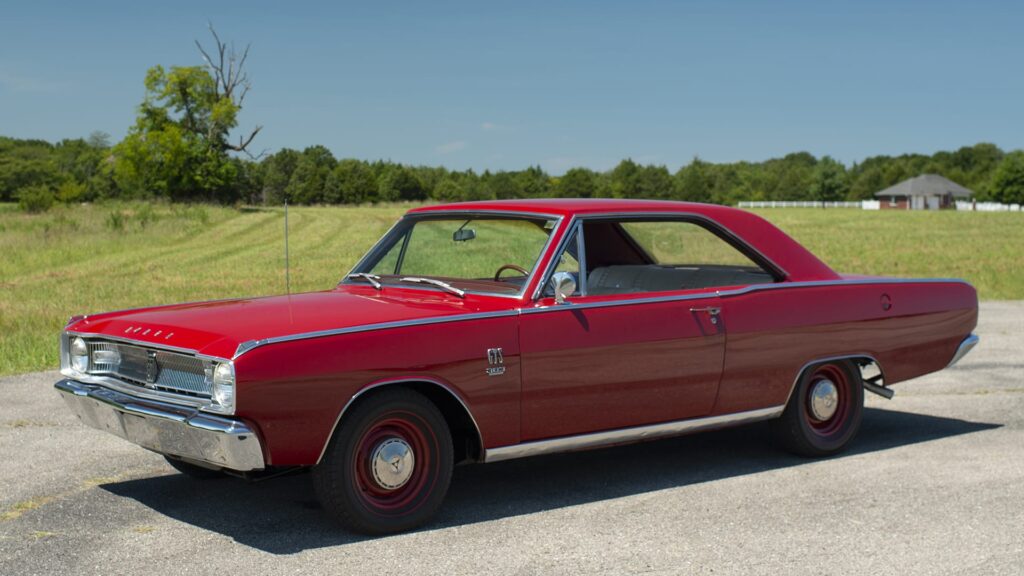
A Compact with Big Dreams
The Dodge Dart was born in 1960 as Chrysler’s answer to the compact car craze, but by 1967, it had grown into its fourth generation and was ready to strut its stuff. Built on the A-body platform, the ’67 Dart was a lean, mean, practical machine—think of it as the kid who wasn’t the biggest in class but could still throw a punch. At about 195 inches long and weighing around 2,800–3,200 pounds, it was smaller than the hulking Chrysler New Yorker Brougham of the era but had enough personality to steal the show.The ’67 Dart came in three flavors: a two-door sedan, a four-door sedan, and a convertible, with trim levels ranging from the bare-bones base model to the sporty Dart GT. Prices started at a wallet-friendly $2,186 (about $20,000 in 2025 dollars), making it a hit with families, young drivers, and anyone who wanted a car that could do it all without breaking the bank. Dodge sold over 154,000 Darts in ’67, proving it was a crowd-pleaser in a market dominated by Chevy Novas and Ford Falcons.
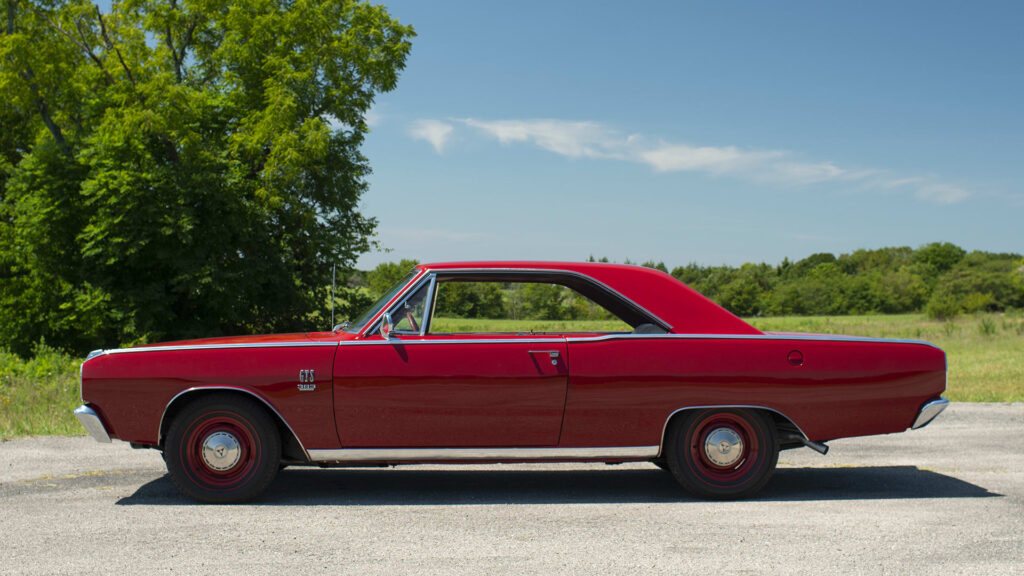
A Restyle That Turned Heads
The ’67 Dart got a major glow-up, ditching the boxy look of earlier models for a sleek, angular design that screamed “I’m compact, but I’ve got attitude.” Its sharp lines, chrome-trimmed grille, and rectangular taillights gave it a mini-muscle car vibe, especially in GT trim with its sporty bucket seats and rallye wheels. The convertible version was pure cool—imagine cruising to a Beach Boys tune with the top down, wind in your hair, and not a care in the world (except maybe gas prices creeping toward 30 cents a gallon).Inside, the Dart was no Chrysler New Yorker Brougham, but it was cozy and functional. Vinyl bench seats were standard, though GT models offered buckets for a sportier feel. The dashboard was simple, with a speedometer, fuel gauge, and maybe an AM radio if you splurged. Options like air conditioning or power steering were rare, but who needed them when you had elbow grease and a dream? Owners loved the Dart’s no-nonsense interior, though some joked it was so basic you could hose it out and call it a day.
Engines for Every Mood
The Dart’s real magic was under the hood, where it offered a smorgasbord of engines to suit every driver, from penny-pinching commuters to wannabe drag racers. The base engine was the trusty 170-cubic-inch (2.8L) Slant-Six, a bulletproof inline-six that churned out 115 horsepower and sipped gas like a polite dinner guest (about 20 mpg, not bad for ’67). Want more pep? Step up to the 225-cubic-inch (3.7L) Slant-Six with 145 horsepower, perfect for zipping past slowpokes on the highway.But the real fun came with the V8s. The Dart GT could be optioned with a 273-cubic-inch (4.5L) V8, pumping out 180 horsepower (or 235 in the high-performance version), giving it enough grunt to embarrass bigger cars at stoplights. For the truly unhinged, Dodge offered a rare 383-cubic-inch (6.3L) V8 in the Dart GTS, a late-’67 addition with 280 horsepower that turned this compact into a street terror. Only about 457 GTS models were built, making them rarer than a polite driver in rush hour. These V8 Darts were the stuff of legend, with Hot Rod magazine clocking a ’67 GTS at 13.8 seconds in the quarter-mile—insane for a “compact” car.
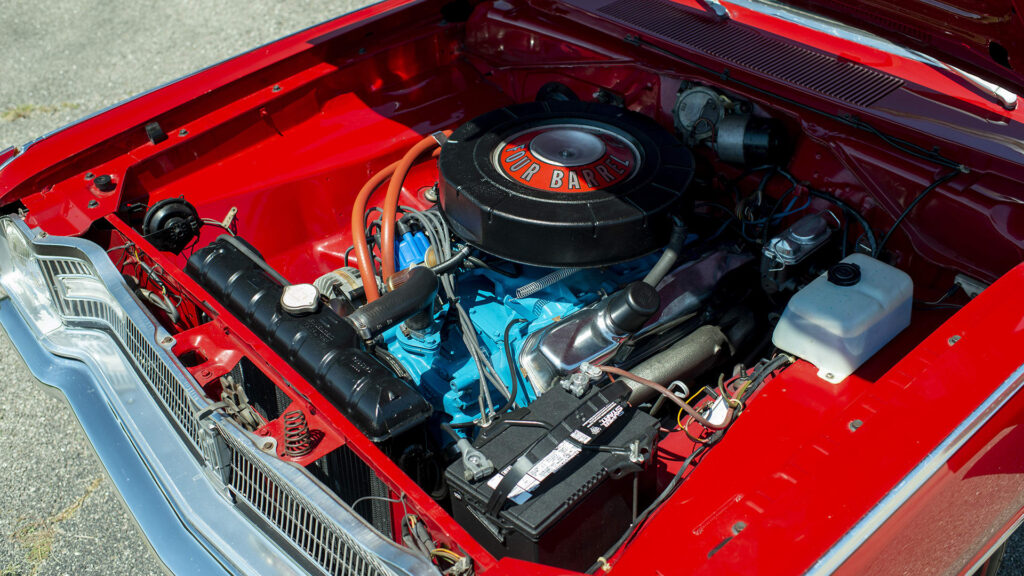
A Car for Every Story
The ’67 Dart was a chameleon, starring in countless stories across America. For some, it was the reliable family hauler, carting kids to school and groceries home without complaint. For others, it was a first car, a canvas for teenage dreams with Cragar wheels and a cherry-bomb exhaust. And for a select few, it was a drag-strip warrior, with gearheads swapping in bigger V8s and tearing up local tracks. One owner on a Mopar forum recalled his ’67 Dart GT as “the car that taught me how to drive stick and how to talk my way out of a ticket.” Another boasted of outrunning a Chevy Camaro in his V8 Dart, only to blow a tire pulling into a diner to celebrate.The Dart wasn’t perfect, though. Its skinny bias-ply tires and drum brakes weren’t exactly confidence-inspiring, and the three-speed manual or TorqueFlite automatic could feel sluggish with the smaller engines. Rust was a sworn enemy, especially in snowy states, and some owners griped about the bare-bones interior feeling a bit too Spartan. But those quirks just added character—like a scrappy underdog that kept swinging.

Legacy of the Little Giant
The ’67 Dodge Dart wasn’t about luxury like the New Yorker Brougham or futuristic tech like a Waymo robotaxi. It was about honest, blue-collar charm, a car that could be whatever you needed: a daily driver, a weekend cruiser, or a sleeper hot rod. Its Slant-Six engines were so durable they’re still running in some Darts today, and the GTS models are now collector’s gold, fetching $30,000–$60,000 at auctions. Car and Driver once called the Dart “the best compact buy for the money,” and 58 years later, that still holds true for enthusiasts restoring these classics.In a world of reckless drivers and instant karma, the ’67 Dart was the good guy, quietly stealing the show while others spun out. Whether it was a grandma’s grocery-getter or a drag-strip demon, the Dart’s story is one of heart, hustle, and a little bit of horsepower-fueled swagger. So here’s to the ’67 Dodge Dart: the little car that could, and did, with a grin as wide as its grille.


